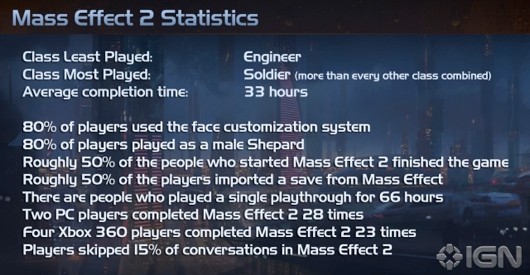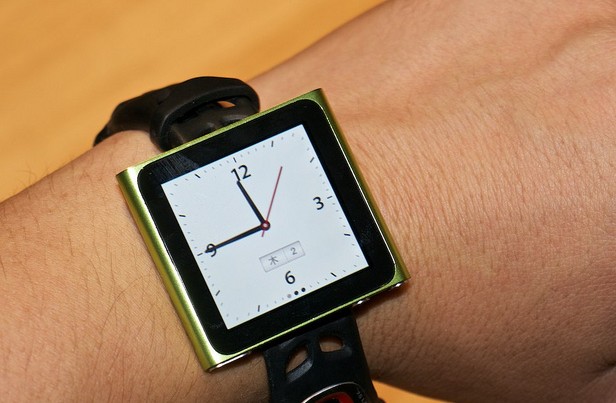Digital Convenience
The New Yorker iPad app is out now. The app itself costs nothing, but the actual issues you buy through the app are $4.99 each. This is reasonable enough. I have a feeling we’ll see more magazines move to a similar model in the next year or so. From a publisher point of view, there are no more worries about printing and distribution costs. From an end-user point of view, there are no more worries about availability. Edge magazine, for example, is a right royal pain in the dick to get a hold of if you’re not living in the UK. With an iPad app, you’re getting all the content, in much the same format, with (potential) access to the entire back-catalogue at the touch of a button, with virtually no footprint for either the publisher or readermy collection of Edge magazine – going back 16 years or so – takes up an enormous amount of space. Win-win.
Except for people who are already subscribers, that is. As Kottke points out:
Current magazine subscribers appear to have no option but to buy a completely separate issue if they wish to read the magazine on the iPad. As a subscriber, what exactly am I paying for if I already have the content in magazine form? Is the $4.99 simply a convenience fee?
One of the things I really liked about David Wellington’s Monster Island was that it was also available online. When I was in work and didn’t have the book with me, I could just go to Wellington’s website and take up where I left off. I suppose the same could be said of any of Cory Doctorow’s books as well. Although I haven’t gotten around to reading it yet, I have a physical copy of Makers on my bookshelf and a digital copy of on my e-reader.
As things like smart phones and e-readers become more and more a part of our everyday life, I would love to see us get to stage where buying a physical copy of a thing – movies, magazines, films – entitles you to a digital copy of the thing as well. We’re sort of seeing this with blu-ray, where a lot of discs come bundled with a digital copy of the film as wellThen again, in most cases, that’s being implemented in such a half-assed, braindead way (where the ‘digital edition’ it comes bundled with is just an access key to download a copy once) it makes you wonder if the movie studios aren’t deliberately sabotaging this effort so they can say “look! There’s no demand for the digital edition!”.
 johnke.me
johnke.me
